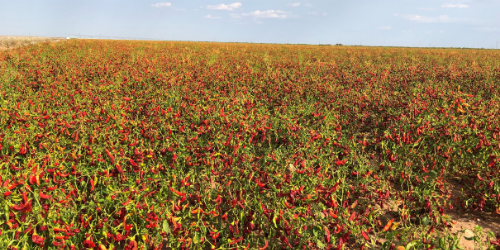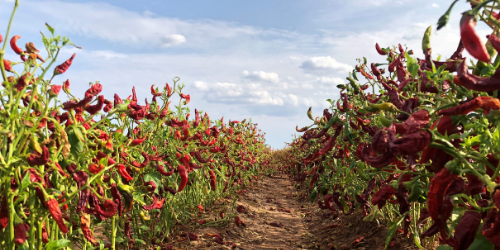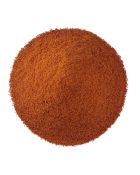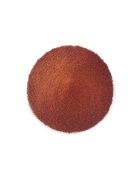Domestic vs. Imported Paprika & Red Chiles


We’re all aware of the upheaval in global supply chains that was exacerbated by the Covid-19 pandemic. Consider for a minute the paprika and red chiles that define so much of our cuisine in the US. 65% of global production takes place in China. Labor issues in major growing regions and dramatic disruptions in the supply chain have caused many businesses to re-think their strategy for procuring high quality, cost-effective agricultural products. Ocean freight rates have quadrupled from a year ago with prices skyrocketing 53% since the beginning of May, bringing a degree of parity in price for domestic goods compared to imports.
Some companies are reportedly being charged $20,000 for last-minute agreements to get goods onto outbound ships, for single container. The Wall Street Journal further reported that shipping delays were stacking up on top of each other, with unpredictable events with global repercussions hampering the ability of vessels to traverse international shipping lanes. Supply chain experts say the high rates leave many businesses, particularly those with relatively low-value goods (think paprika and red chiles), facing a decision: Pay the inflated prices and pass those costs on to their customers or retreat from overseas markets. Point being, managing a supply chain that spans multiple hemispheres and involves potentially dozens of points of failure and delay is becoming far less attractive nowadays.


Thankfully, there are alternative options for procuring paprika and red chiles that don’t rely on a vast and complicated web of international brokers, shipping agents, customs officials and unreliable food safety guarantees. No, not Spanish paprika. Interestingly enough, 80% of chiles labeled as “Spanish paprika” is grown in China, sent to Spain and blended with paprika from a variety of other sources. In fact, growing regions in the American Southwest and Mexico have stepped up to the task of providing a high-quality supply of domestic paprika and red chiles, as businesses seek reliable alternatives to their supply needs.
Chile farming is accelerating in North America with total farmed acreage increasing 15%*. This increase is providing opportunities for businesses to simplify their supply chains, provide increased levels of transparency to their customers, and be confident with their food safety standards. Considering the risks and costs associated with transoceanic movement of goods, it seems sourcing from a domestic region, such as New Mexico, can alleviate concerns and risks associated with import/export logistics.
Olam, for our part, is committed to offering customers reliability, consistency, and quality. Transparency is key for us. Customers should have insight into where their product is coming from, how it is harvested, and the means in which it is processed. We see that in our supply chains. Olam Spices’ chile business has developed a North American based raw material sourcing plan – Non-Chinese effective Jan 1, 2021. We promote American and North American farmers with proximity to their end-use markets because it makes sense. Our goal is to provide transparency so our customers can be secure and confident that their materials are sourced responsibly, cleanly and consistently.





